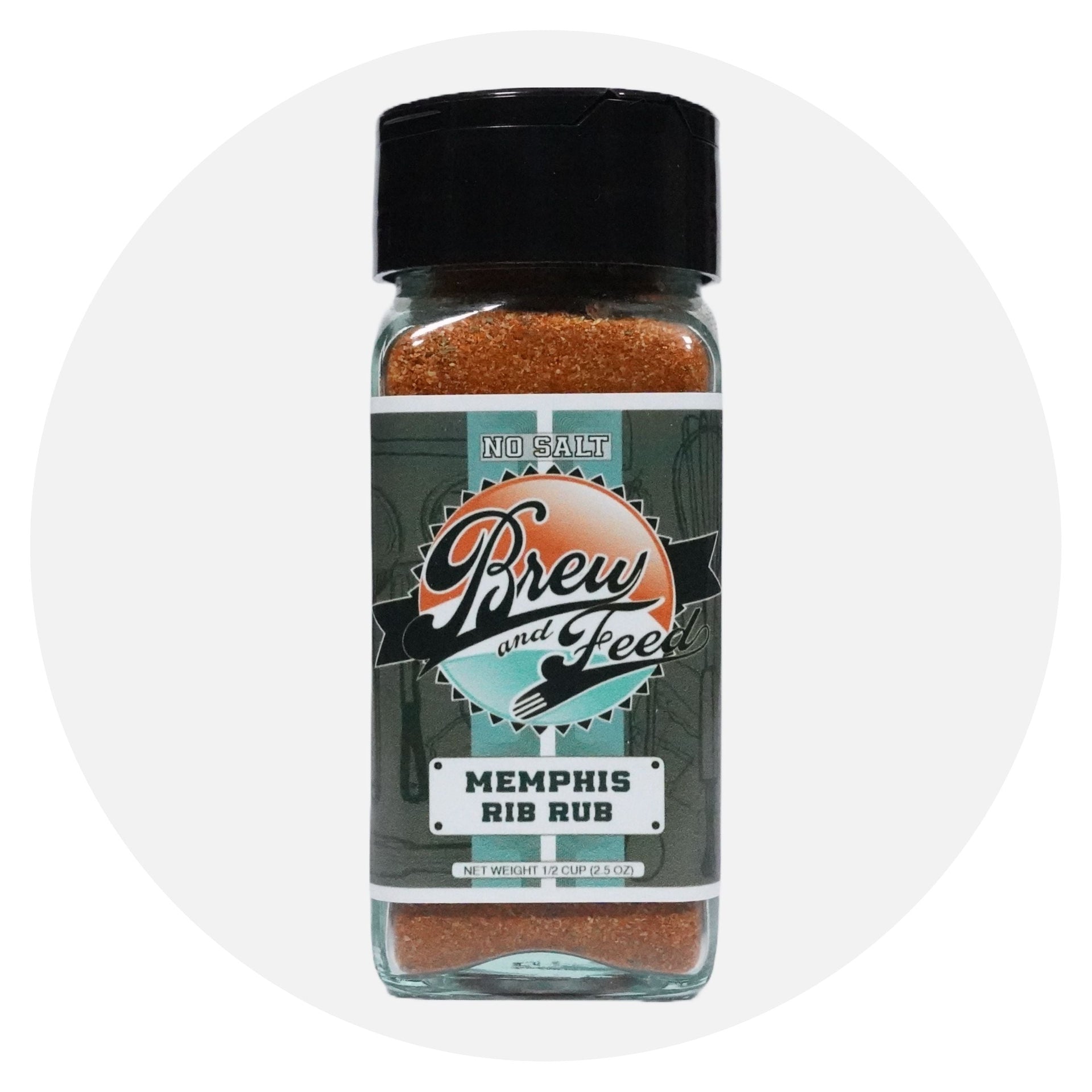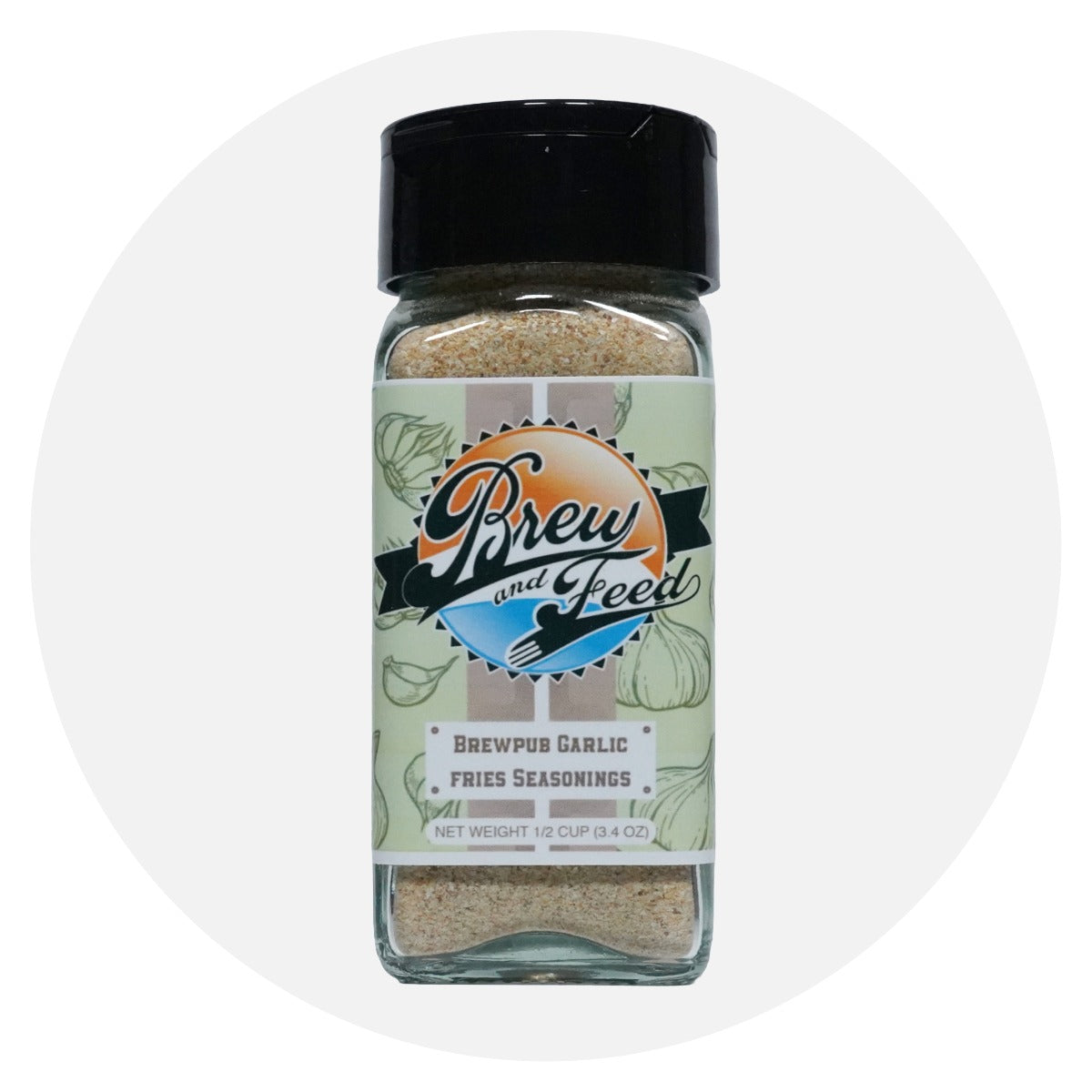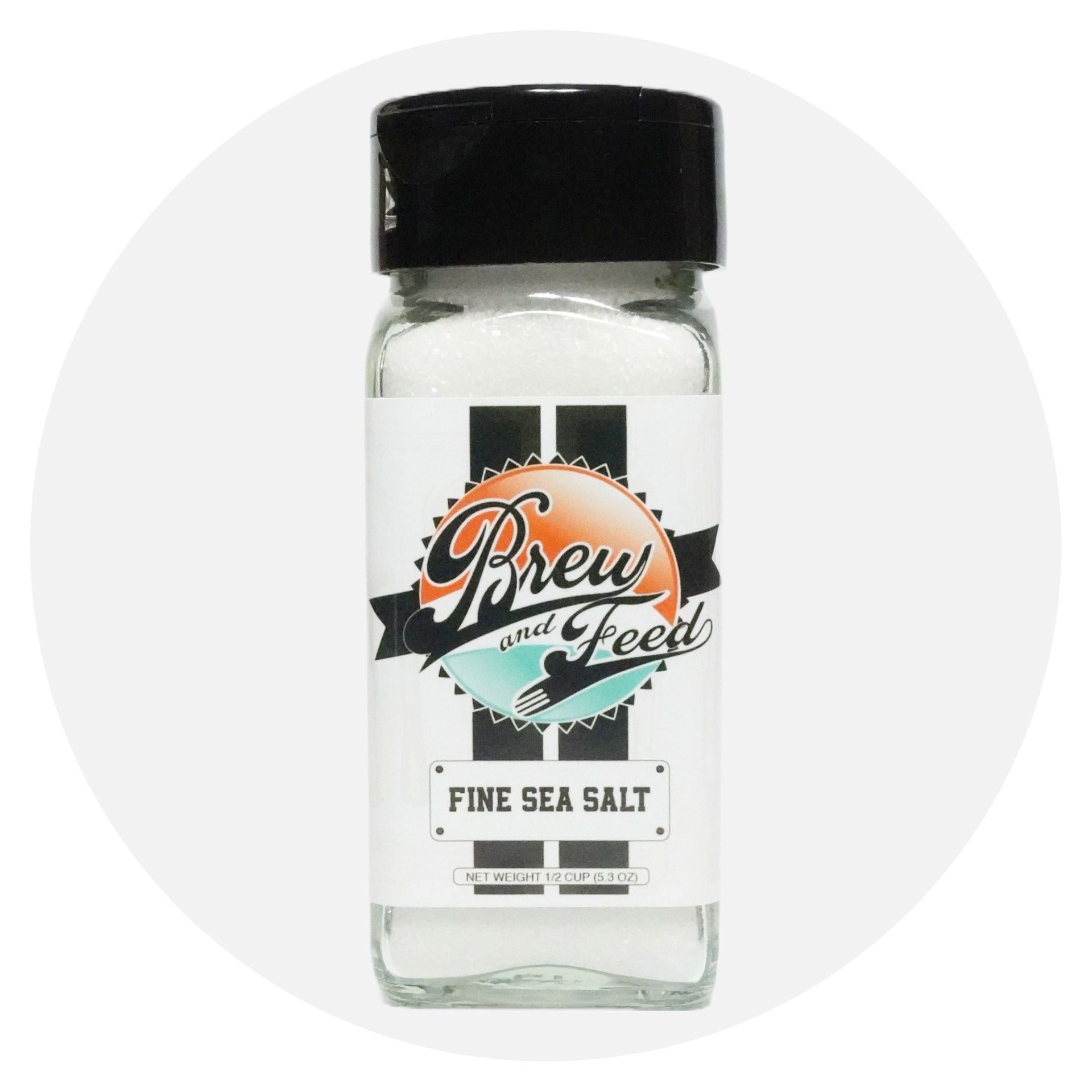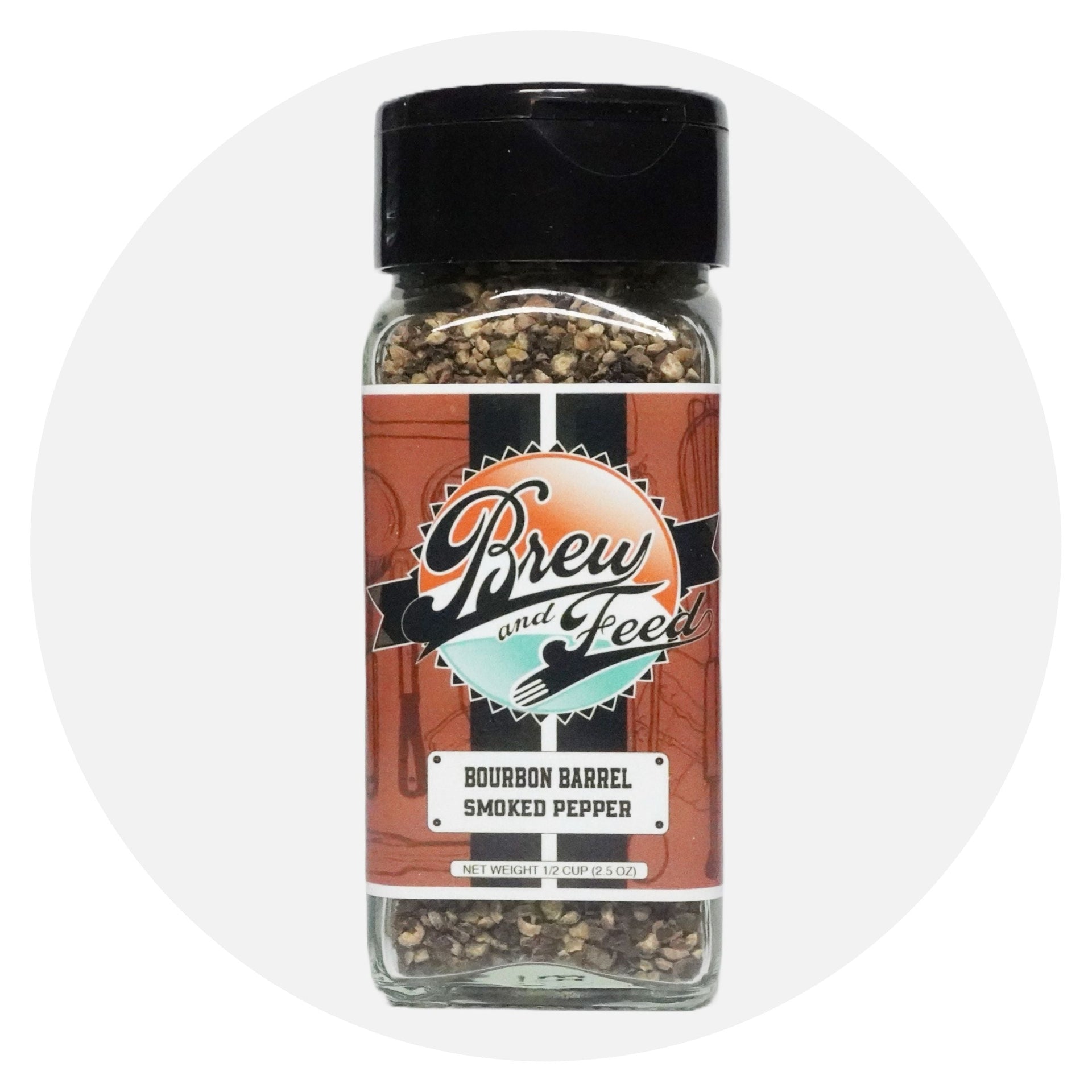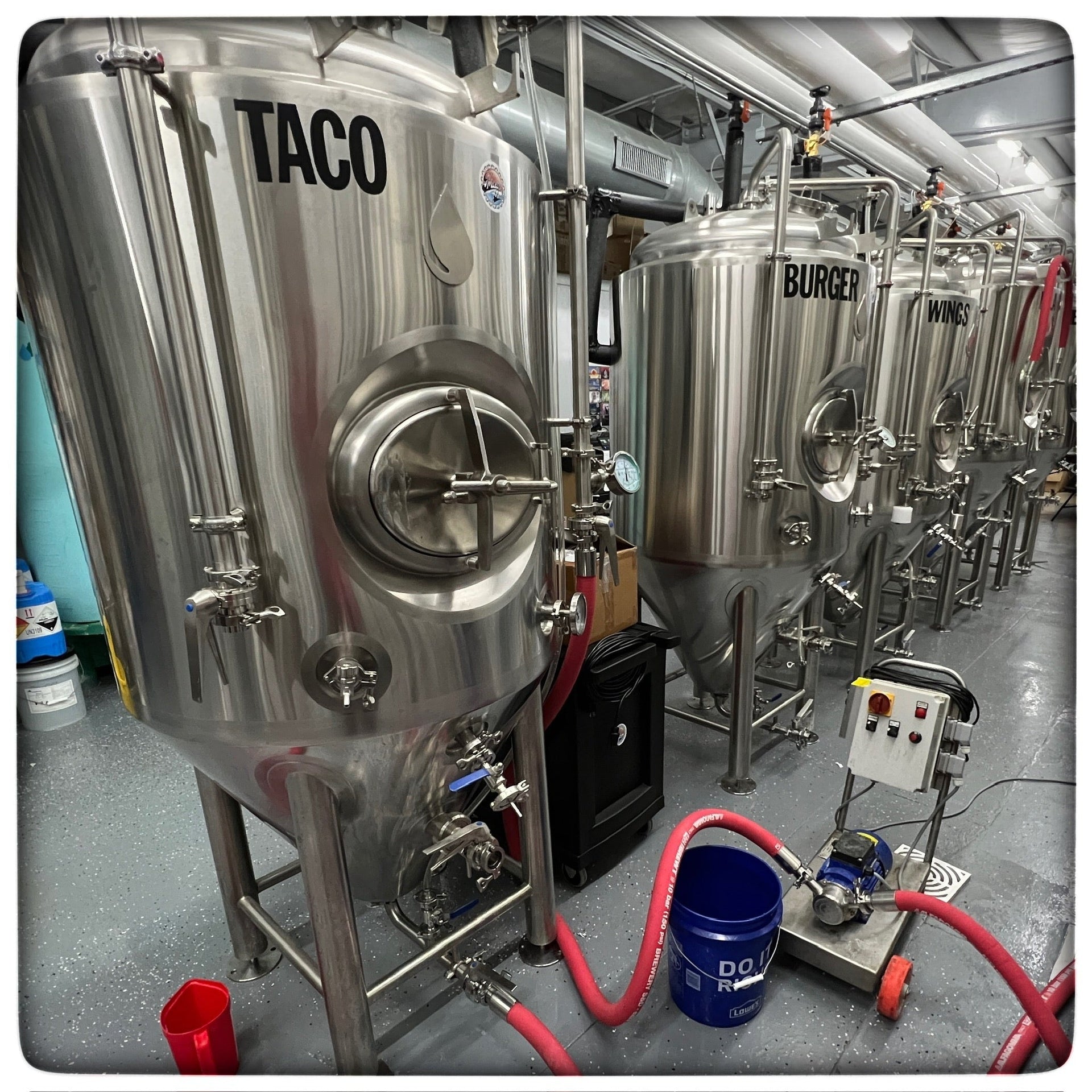
Achieving Crystal-Clear Beer: Mastering Clarity with a Unitank Fermenter
Brewing craft beer is both an art and a science. Achieving that perfect, crystal-clear beer is a sign of a well-executed brew. A unitank fermenter, with its ability to ferment, carbonate, and condition in a single vessel, offers numerous advantages. However, to get that beer clarity just right, there are some specific steps and techniques you should follow. Here’s a guide to help you achieve brilliantly clear beer using a unitank fermenter.
1. Start with a Good Recipe and Quality Ingredients
Clear beer starts even before you turn on your brewing equipment. Using high-quality ingredients and following a well-tested recipe lays the foundation for a clear final product. Pay attention to the following:
- Malt selection: Choose malts that are known for good clarity. Pale malts are a great choice.
- Hops: Use fresh hops and consider the impact of hop particles on clarity.
- Water: Use clean, chlorine-free water with the right mineral content.
2. Proper Mash and Boil Techniques
Clarity is heavily influenced by your mash and boil processes:
- Mash pH: Keep your mash pH in the range of 5.2-5.6 for optimal enzyme activity, which helps with protein breakdown and improves clarity.
- Protein rest: Consider including a protein rest (at 120-130°F) if you’re using a lot of unmalted grains, as it helps break down proteins that can cause haze.
- Boil vigorously: A vigorous boil ensures good protein coagulation (hot break) and evaporation of unwanted volatiles. Aim for a rolling boil for at least 60 minutes.
3. Whirlpool and Trub Separation
Post-boil, it’s crucial to separate the trub (the solid particles of hops, proteins, and other materials) from your wort:
- Whirlpool: After boiling, whirlpooling helps to collect the trub in the center of the kettle. Let it settle before transferring to the unitank.
- Hop spider or bags: Use these during the boil to reduce the amount of hop material that ends up in the fermenter.
4. Cold Crash in the Unitank
Cold crashing is one of the most effective techniques for clarifying beer:
- Temperature drop: Lower the temperature of your beer to near-freezing (32-35°F) for 24-48 hours. This encourages suspended particles, including yeast and proteins, to settle out of the beer.
- Unitank advantage: The unitank’s design allows you to cold crash without transferring the beer to another vessel, reducing the risk of contamination and oxidation.
5. Fining Agents
Using fining agents can significantly improve clarity by binding to haze-causing particles and helping them settle out:
- Isinglass or gelatin: These are common fining agents added directly to the beer in the unitank. Follow the manufacturer’s instructions for dosage and mixing.
- Biofine: A vegan alternative that is highly effective and easy to use.
6. Yeast Management
Yeast plays a crucial role in beer clarity
- Yeast strain: Choose a yeast strain known for good flocculation (the ability to clump together and settle out of suspension). Some strains naturally produce clearer beer.
- Proper pitching rates: Ensure you pitch the right amount of yeast. Under-pitching can lead to prolonged fermentation and more yeast in suspension.
- Harvesting and repitching: If you plan to repitch yeast, harvest it carefully to avoid introducing too much trub into the next batch.
7. Carbonation and Conditioning
Unitanks allow for in-vessel carbonation and conditioning, which can also aid in achieving clarity:
- Natural carbonation: Carbonate using natural methods like spunding (allowing CO2 to build up during fermentation) which can help yeast to settle out.
- Forced carbonation: Alternatively, force carbonate your beer, ensuring it is cold to help with clarity.
- Extended conditioning: Allow your beer to condition for a few weeks if possible. Time helps with the settling of remaining particles.
8. Filtration (Optional)
For those seeking ultra-clear beer, filtration is an option:
- Inline filters: Use an inline filter when transferring beer from the unitank to the serving vessel or packaging.
- Filter types: There are various filter media available, from coarse to fine, depending on the level of clarity you desire.
Conclusion
Achieving clear beer with a unitank fermenter is a meticulous process that starts with quality ingredients and follows through with careful attention to each step of the brewing process. From mash and boil to fermentation, cold crashing, and fining, each stage offers opportunities to enhance clarity. By leveraging the unique advantages of a unitank and employing these best practices, you can consistently produce beautifully clear, professional-quality beer.
Happy brewing, and cheers to crystal-clear pints!

